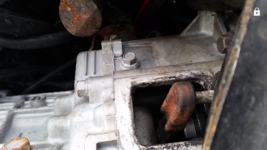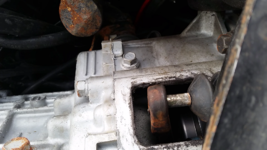nicknorth11
15+ Year Contributor
- 663
- 7
- Feb 9, 2005
-
Grand Blanc,
Michigan
My clutch is dragging off the line and not engaging fully when I need to shift. It has no leaks. Master is brand new OEM. Line is ss straight from master to slave. Clutch/flywheel is QuarterMaster twin disc with about 1200 miles on it. Fork, TOB, and pivot ball are all new 1200 miles ago. Clutch is adjusted perfectly using Jack's method. Tried bleeding it twice. Neither time fixed it. Slave is oldest component, but not all that old. Is there any way to tell if it's working properly? Any other suggestions?


















